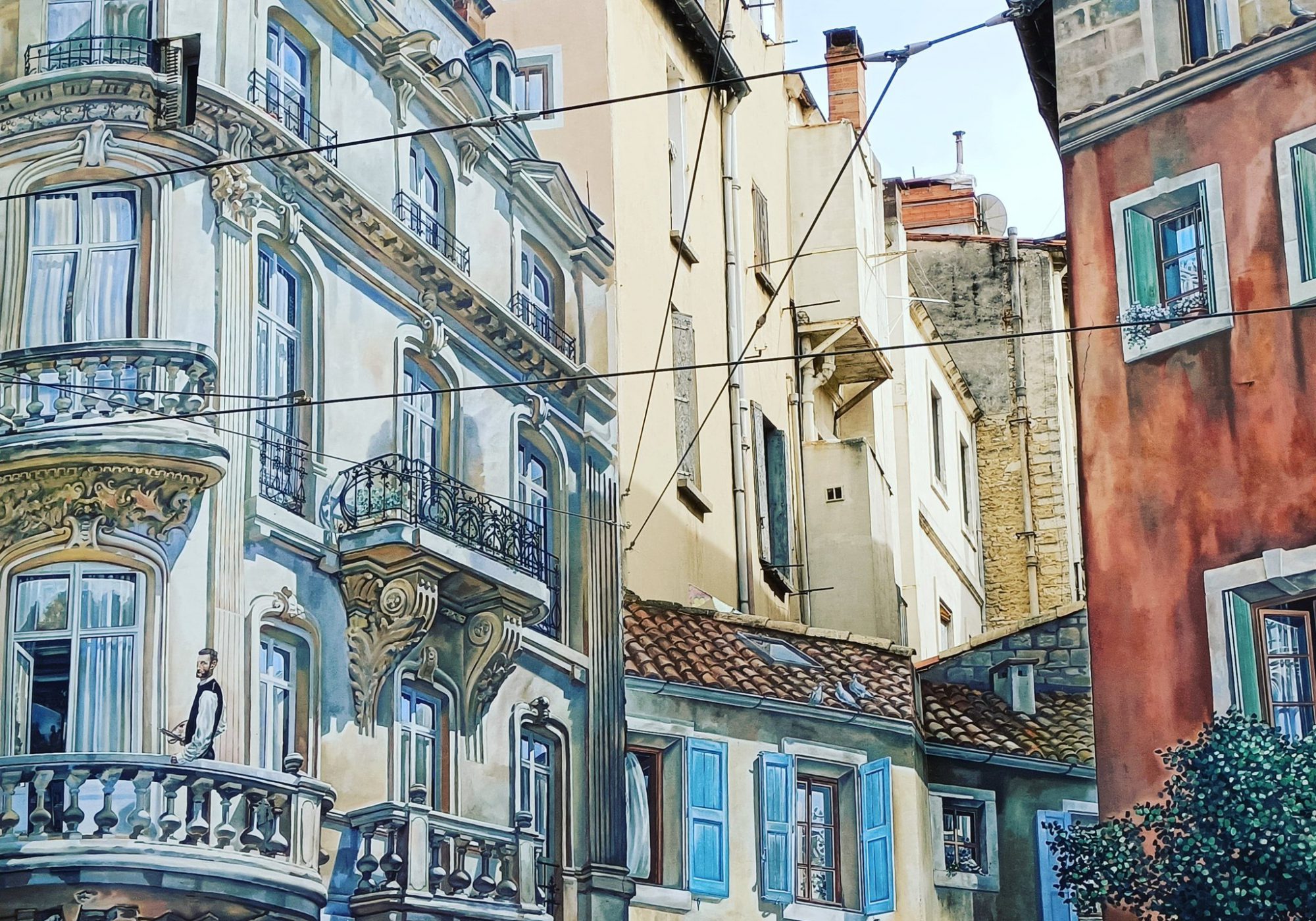 foto: de mooie smakelijke honingtomaten
foto: de mooie smakelijke honingtomaten
Vorige week ontving Gereons Keuken Thuis een mysterieuze doos, goud met een voile zwarte strik. Bonbons, chocola? Welnee, heerlijke honingtomaatjes, zoet en weelderig. een mooi product van teler Looije uit Naaldwijk. www.looijetomaten.nl
Bij deze kweker staat een passie voor smaak voorop en dat proef je. Echte gouden appeltjes, pommodori. Honingzoet. Heerlijk uit het vuistje of om mee te koken.
Dit deed mij denken aan een recept uit mijn kook- en leesboek. een zomers recept voor taartjes met gekonfijte tomaat. Want daar zijn deze rakkers geschikt voor. het is nu niet een le temps des cérises, maar le temps des tomates. Zomer op je bord.
Ik schreef destijds:
“Het is hartje zomer. Tijd voor een cornucopia van vruchten, kruiden en groenten. Ook zijn er volop tomaten te krijgen. Niet voor niets slaan ze in veel plattelands plaatsen in Italië de handen ineen om deze tomaten te verwerken tot de bekende sugo.”
Met deze honingtomaten maak in een tartelette met gekonfijte tomaten. Daarbij drinken we een Côtes du Rhône Villages.
Nodig voor 6 personen:
6 plakjes bladerdeeg
600 g honingtomaten
4 tenen knoflook
6 takjes verse tijm
4 el olijfolie
2 tl suiker
zeezout grof
peper
4 el zwarte olijventapenade
Bereiding:
Verwarm de oven voor op 120 graden. Leg de tomaatjes op een bakplaat en besprenkel met de olijfolie, bestrooi licht met zout en suiker. Rits de tijm af en strooi deze erover. Doe het zelfde met de gehakte tenen knoflook. Laat de tomaatjes 45 minuten garen in de oven. Keer ze soms voorzichtig om zodat ze heel blijven. Haal de tomaten uit de oven. Laat ze rusten. Verwarm de oven tot ongeveer 200 graden. Maak van de plakken bladerdeeg mooie rondjes en plaats deze op een vel bakpapier in de oven om af te bakken. Om een wat dieper taartje te krijgen kan het bladerdeeg ook in een vormpje gedaan worden. Smeer de zwarte olijventapenade op de rondjes van bladerdeeg. Erbovenop komen de tomaatjes. Besprenkel de taartjes met het sap van het konfijten en strooi er nog wat tijm over.Deze taartjes kunnen zowel warm als lauw worden gegeten.
Honingtomaten van Looije zijn te koop bij de groentespecialist en gesorteerde supermarkt.




.JPG&container=blogger&gadget=a&rewriteMime=image%2F*)




Rienk zond een maaltijdsalade met zalm, quinoa & avocado in. Rienk kwam deze salade ergens tegen. Zoals hij zelf zegt heeft hij het recept opgeleukt en meer spicy gemaakt. Deze maaltijdsalade met knapperige op de huid gebakken zalm, quinoa, avocado en veldsla is fris, gezond en lekker. De combinatie van de texturen en de fris-zoute smaak, maakt dit gerechtje bijzonder. Ook nog eens in een kwartiertje op tafel! Je kunt de zalm ook eerst licht roken, geeft wat diepte aan het gerecht. En als je naast limoen ook citroenmelisse gebruikt is het parfum perfect!. Laat het balkon van Gereon nu volstaan met dit heerlijke kruid. We drinken er een witte crispy Sauvignon Blanc bij uit Nieuw Zeeland.
Nodig voor vier personen:
4 stukken zalm met huid
2 kopje quinoa
4 kopjes water
2 rijpe avocado’s
4 handjes gemengde of veld-sla
zest van 1 citroen en limoensap
goede olijfolie, spicy teriyaki (van Tabasco), nam pla en gembersiroop
2 bosuitjes
grof gehakte peterselie
evt. fijn gesneden citroenmelisse
peper & zout
Bereiding:
Kook de quinoa in visbouillon op matige hitte. Zodra de quinoa klaar is zet je deze weg.
Maak de dressing voor de salade: 3 deel olie, 1 deel balsamico. Gembersiroop, vissaus en spicy teriyaki, zout en peper. Alles naar smaak.
Snijd de avocado’s in plakjes.
Door de lauwe quinoa: de zest, bosui in fijne ringen, handje gehakte peterselie, (evt. citroenmelisse fijn gehakt), olijfolie, gembersiroop, limoensap, zout en peper. Alles naar smaak, de balans tussen zoet en zuur moet goed zijn..
Bak in een hete pan de zalm op de huid tot deze knapperig is (ca. 3 min) dan vuur laag, omdraaien en nog even op andere zijde. Het is het lekkerst als de binnenkant nog rosé en glazig is. De zalm is dan wel gaar!
Tijdens bakken van de zalm de dressing door de sla en op een bordje doen. Quinoa in het midden scheppen en sluit af met de gebakken zalm.